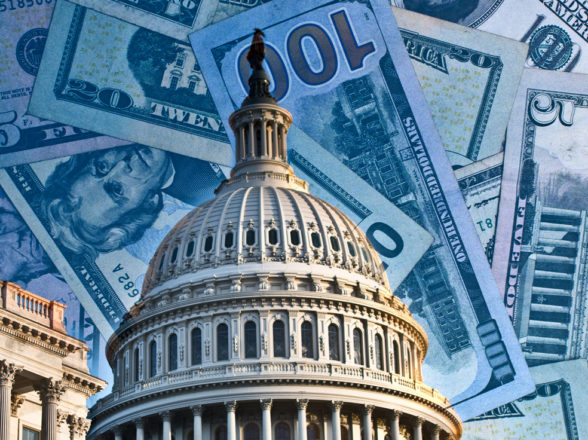Blog
2024 Year in Review: Breaking, Bad Bonds

In 2024, the U.S. bond markets experienced a year of considerable fluctuation, shaped by economic indicators, policy shifts, and geopolitical events. Early in the year, bond yields saw an uptick (lower bond prices), driven by persistent inflation worries and a cautious Federal Reserve approach to rate cuts. The 10-year Treasury yield, which had climbed to around 5% in late 2023, continued its ascent, reaching multi-month highs after Donald Trump’s election victory in November, reflecting market anticipation of inflationary policies like tariffs and tax cuts that could increase government borrowing.
The Folks in Charge Make a Move
The Federal Reserve initiated a rate cut in September, slashing rates by 50 basis points, or one-half percent, which initially provided some relief to the bond market with yields dropping temporarily. However, this relief was short-lived as subsequent data showed a resilient U.S. economy, leading to doubts about the extent of future rate reductions. By mid-2024, expectations were recalibrated to just two rate cuts for the year, causing yields to rise again.
Headwinds Abound
Geopolitical tensions and the U.S. election further influenced market dynamics. The uncertainty around fiscal policy under a new administration led to a cautious approach among bond investors, who minimized bets ahead of key economic releases and Fed meetings. The market also dealt with a significant maturity wall, particularly in high yield, with substantial amounts of debt due in the coming years, which added to the complexity of managing bond portfolios.
No Thanks
On net, the average bond as measured by the iShares Core U.S. Aggregate Bond ETF (AGG), is slightly negative for the year. We continue to see headwinds in bonds for the foreseeable future such as accelerating inflation and doubts around the creditworthiness of the US given the fiscal situation. As such, we continue to position extremely underweight bonds.

































































































